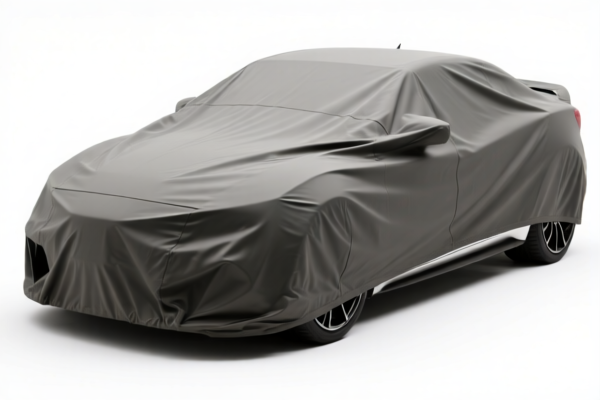| HS Code | Official Doc | Tariff Rate | Origin | Destination | Effective Date |
|---|---|---|---|---|---|
| 6114909070 | Doc | 35.6% | CN | US | 2025-05-12 |
| 6217909075 | Doc | 52.1% | CN | US | 2025-05-12 |
| 6217909095 | Doc | 52.1% | CN | US | 2025-05-12 |
| 6214900090 | Doc | 48.8% | CN | US | 2025-05-12 |




HS Code Classification for "CLOTHING DUST COVER"
Based on the provided reference data, here's a classification breakdown for "CLOTHING DUST COVER". Since "clothing dust cover" can fall into several categories depending on its material and specific function, here are potential HS codes with explanations:
-
6114.90.90.70 - Other garments, knitted or crocheted: Of other textile materials: Other Other: (Total Tax Rate: 35.6%)
- 61: Knitted or crocheted articles. This code applies if the dust cover is made using knitting or crocheting techniques.
- 14: Other garments. This sub-heading covers a wide range of clothing items.
- 90: Of other textile materials. This indicates the dust cover isn't made of cotton or wool.
- 70: Other Other. This is a residual category for items not specifically classified elsewhere within this heading.
- Note: This is suitable if the dust cover is considered a garment-like item made from synthetic fabrics (e.g., polyester, nylon).
-
6217.90.90.75 - Other made up clothing accessories; parts of garments or of clothing accessories, other than those of heading 6212: Parts: Other Other: Of cotton (359) (Total Tax Rate: 52.1%)
- 62: Articles of apparel and clothing accessories, not knitted or crocheted.
- 17: Made up clothing accessories; parts of garments or of clothing accessories.
- 90: Other Other. This is a residual category.
- 75: Of cotton. This applies only if the dust cover is made of cotton.
- Note: If the dust cover is considered an accessory (e.g., used to protect clothing) and is made of cotton, this code is applicable.
-
6217.90.90.95 - Other made up clothing accessories; parts of garments or of clothing accessories, other than those of heading 6212: Parts: Other Other: Other (859) (Total Tax Rate: 52.1%)
- 62: Articles of apparel and clothing accessories, not knitted or crocheted.
- 17: Made up clothing accessories; parts of garments or of clothing accessories.
- 90: Other Other. This is a residual category.
- 95: Other. This applies if the dust cover is made of materials other than cotton.
- Note: If the dust cover is considered an accessory and is not made of cotton, this code is applicable.
Important Considerations & Recommendations:
- Material Composition: The primary material of the dust cover is crucial for accurate classification. Is it knitted/crocheted or woven? What is the fabric content (e.g., 100% polyester, 60% cotton/40% polyester)?
- Function: Is the dust cover designed specifically to protect clothing (accessory) or is it more like a garment itself?
- 2025.4.2 Tariff Changes: Be aware that additional tariffs (30% add-on) will apply after April 2, 2025, to certain goods.
- Supplier Documentation: Request a detailed commercial invoice from your supplier specifying the material composition and intended use of the dust cover.
- Customs Ruling: For definitive classification, consider obtaining a binding customs ruling from the relevant customs authority in your country. This will provide legal certainty regarding the correct HS code and applicable tax rate.
- Certification: Depending on the material and destination country, specific certifications (e.g., textile content labeling) may be required. Check the import regulations of the destination country.
Customer Reviews
The images of the clothing dust covers were helpful in visualizing what the product might look like. Combined with the HS code breakdown, this was very informative.
The note about requesting a commercial invoice from the supplier was a great reminder. I hadn't considered that before, and it's definitely something I'll keep in mind.
I really appreciated the mention of the 2025.4.2 tariff changes. It's important to know about the 30% add-on after April 2, and this page made it clear.
The page has a lot of information, but I found it a bit overwhelming. The section on material composition was good, but I wish the classification process was more straightforward.
I found the explanation of the 6217909075 code useful, especially the note about it being for cotton-made dust covers. It clarified the difference between the 75 and 95 codes.